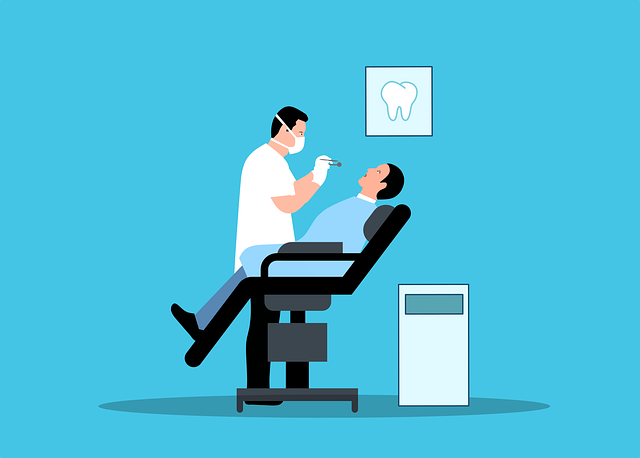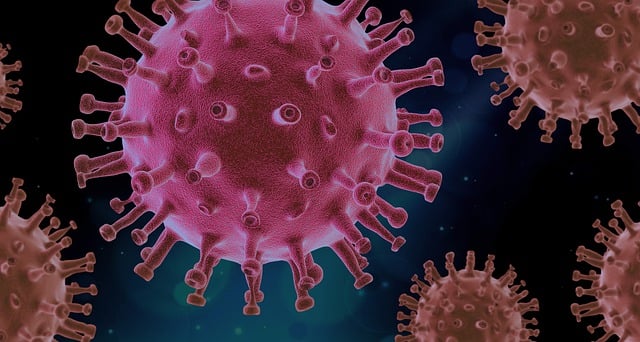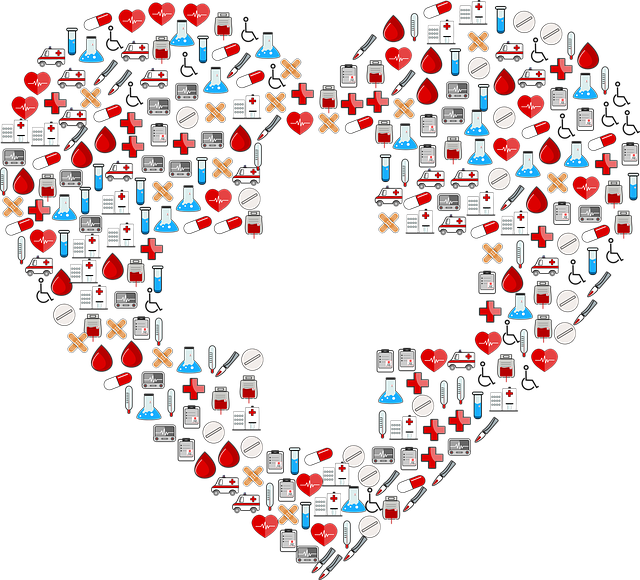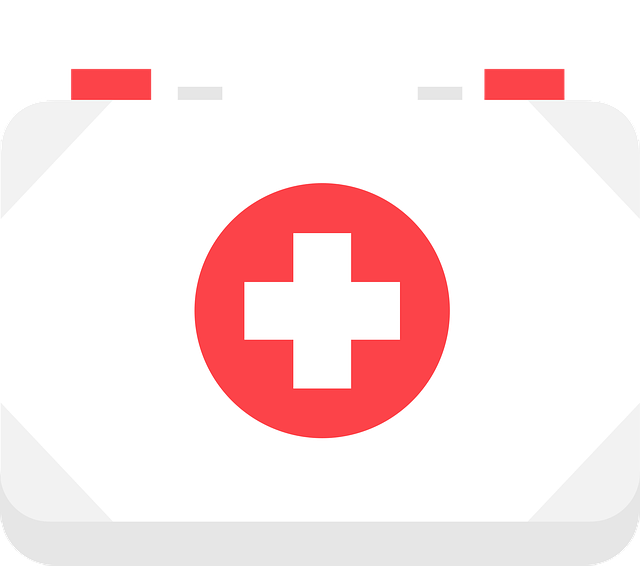In South Africa, Medical Aid and Health Insurance are distinct healthcare solutions. Medical Aid, a private plan, provides comprehensive coverage for chronic conditions and mental health with flexible plans, while Health Insurance offers short-term emergency care protection tailored to individual or family budgets. Choosing between them depends on personal health needs, age, history, and budget, focusing on either long-term chronic management (Medical Aid) or immediate financial protection against emergencies (Health Insurance). Both have unique cost structures and provider networks, requiring careful comparison of benefits and claims processes for informed decision-making based on future healthcare requirements.
“Unraveling the complexities of healthcare financing in South Africa, this article delves into the essential distinction between Medical Aid and Health Insurance. While both offer critical support for medical needs, their operational models differ significantly. We explore how Medical Aid functions within the South African landscape, highlighting its benefits and unique aspects. Furthermore, we scrutinize Health Insurance’s role in enhancing access to care through comprehensive coverage. By understanding these differences, individuals can make informed decisions when choosing a long-term healthcare solution.”
- Understanding Medical Aid and Health Insurance: Key Differences
- How Medical Aid Works in South Africa: A Comprehensive Overview
- The Benefits of Health Insurance: Coverage and Access to Care
- Choosing the Right Plan: Factors to Consider for Long-Term Needs
- Navigating Claims and Costs: What You Need to Know for Peace of Mind
Understanding Medical Aid and Health Insurance: Key Differences

Medical Aid and Health Insurance are both essential tools for managing healthcare costs in South Africa, but they serve distinct purposes. Medical Aid is a type of health coverage provided by private organisations, offering members access to a network of hospitals and doctors. It primarily focuses on treating illness and injury, often with specific benefits tailored to different plans. On the other hand, Health Insurance is government-backed and ensures that citizens have access to medical services, with policies typically covering hospital care, diagnostics, and some out-of-hospital treatments.
While Medical Aid tends to be more comprehensive for chronic conditions and specialist care, Health Insurance provides a safety net for emergency medical needs and essential healthcare services. Understanding these differences is crucial when choosing between the two, as it depends on individual circumstances and long-term health requirements.
How Medical Aid Works in South Africa: A Comprehensive Overview

In South Africa, Medical Aid and Health Insurance are both designed to cover medical expenses but serve different purposes. Medical Aid is a form of private insurance that focuses on long-term healthcare needs. It provides members with access to a network of hospitals and doctors, and it often includes various benefits like chronic disease management, mental health support, and specialist consultations. Members contribute to the costs through monthly premiums, and they can choose from different plans based on their specific medical requirements and budget.
In contrast, Health Insurance is typically shorter-term and more focused on covering unexpected medical emergencies or significant events. It offers immediate protection against substantial medical bills and often includes inpatient and outpatient care, as well as certain preventative services. Unlike Medical Aid, health insurance doesn’t necessarily provide ongoing care for chronic conditions or regular check-ups. Individuals or families can select policies that align with their specific needs and budgets, offering flexibility in terms of coverage and out-of-pocket expenses.
The Benefits of Health Insurance: Coverage and Access to Care

Health insurance plays a pivotal role in ensuring access to quality medical care, offering individuals and families peace of mind in an often unpredictable healthcare landscape. Unlike Medical Aid, which typically focuses on specific aspects like hospital stays or chronic conditions, health insurance provides a broader range of coverage, including preventive care, routine check-ups, and various medical procedures. This comprehensive approach ensures that policyholders can access the care they need without incurring significant out-of-pocket expenses.
One of the key advantages is the ability to choose healthcare providers freely, promoting competition and often resulting in better quality services. Additionally, health insurance encourages proactive healthcare management by covering preventive measures like vaccinations, screenings, and regular consultations, which can help identify potential health issues early on. This long-term perspective not only saves individuals money but also contributes to overall community health and well-being.
Choosing the Right Plan: Factors to Consider for Long-Term Needs
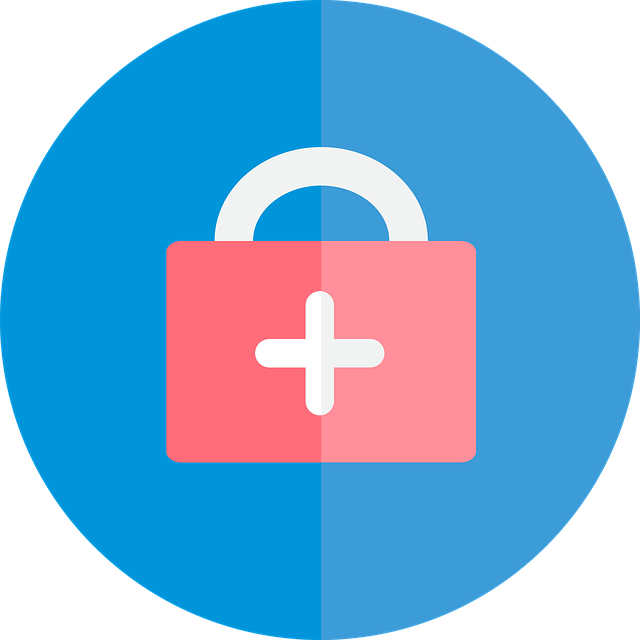
When considering long-term medical needs in South Africa, it’s crucial to understand the distinction between Medical Aid and Health Insurance. While both provide financial protection against medical expenses, they function differently. Medical Aid is a savings plan that typically involves regular contributions from members, offering comprehensive cover for various healthcare services, including hospital stays, doctor visits, and medication. Health Insurance, on the other hand, is usually an annual policy that provides short-term cover and focuses on emergency care and specific procedures.
Choosing the right plan requires evaluating your age, general health, and long-term medical history. Factors like planned family size, occupation risks, and existing pre-existing conditions should influence your decision. It’s essential to compare benefits, contribution amounts, and exclusions of different plans offered by various providers to ensure you’re getting suitable coverage that aligns with your future healthcare needs.
Navigating Claims and Costs: What You Need to Know for Peace of Mind
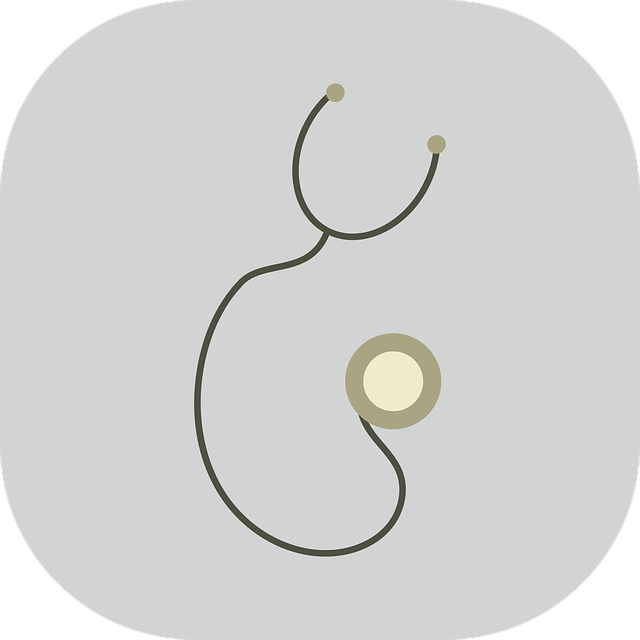
Navigating claims and understanding costs is a crucial aspect of choosing between medical aid and health insurance in South Africa. Both options offer financial protection, but their approaches to covering medical expenses differ. Medical aid schemes typically operate on a pre-agreed network of healthcare providers, where members pay monthly contributions for access to these services. Claims are usually processed directly with the service provider or hospital, offering peace of mind during treatment.
In contrast, health insurance policies often provide cash benefits or discounts when using specific healthcare facilities. Policyholders may have more flexibility in choosing their service providers but might need to manage claims independently. Understanding the cost structure, including co-pays, deductibles, and network limitations, is essential for making an informed decision. Comparing these factors ensures you’re prepared for potential expenses and can make confident choices that cater to your long-term medical needs.
In navigating South Africa’s healthcare landscape, understanding the nuances between Medical Aid and Health Insurance is paramount. While both offer critical support for medical needs, their distinct characteristics demand careful consideration. By grasping the differences and benefits of each, individuals can make informed choices to secure long-term health protection. This article has provided a comprehensive guide, from operational models to claims management, empowering readers to select the optimal plan and ensure peace of mind in their healthcare journey.


